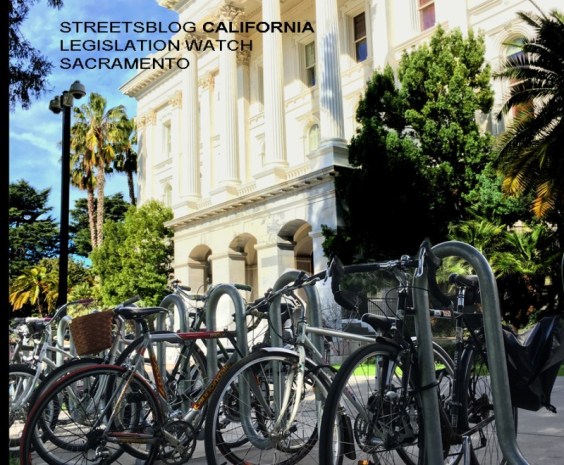A study published in this month's American Journal of Public Health finds that highly influential transportation engineers relied on shoddy research to defend policies that discourage the development of protected bike lanes in the U.S. In their paper, the researchers point out that male-dominated engineering panels have repeatedly torpedoed street designs that have greater appeal to female cyclists.
The research team, led by Harvard public health researcher Anne Lusk, examines four engineering guides published by the American Association of State Highway and Transportation Officials between 1974 and 1999. All of these guides, treated like gospel by engineers across the country, either discourage or offer no advice about protected bike lanes, despite the fact that research has shown that women, in particular, are much more likely to bike given facilities that provide some separation from vehicle traffic.
Lusk found that many of AASHTO's official claims regarding the purported safety problems of protected bike lanes were offered without supporting evidence. AASHTO refused to consider data demonstrating the proven safety record of protected bike lanes outside of the United States. And since there have been almost no protected bike lanes in the U.S. until quite recently, AASHTO based its position against protected bikeways on domestic street designs like sidewalk bikeways, not real bike lanes designed specifically to integrate physically protected bicycling into the roadway.
The researchers came to this rather damning conclusion: "State-adopted recommendations against cycle tracks, primarily the recommendations of AASHTO, are not explicitly based on rigorous and up-to-date research."
Lusk and her team carried out a safety study of their own, examining crash reports on protected bike lanes in 19 U.S. cities. They found that protected bike lanes had a collision rate of about 2.3 per million kilometers biked -- lower than the crash rates other researchers have observed on streets without any bike lanes. (Those rates vary from 3.75 to 54 crashes per million kilometers.)
Lusk's research also suggests the lack of gender balance in the engineering profession may have contributed to the resistance to protected bike infrastructure. Researchers found that in 1991 and 1999, AASHTO's Bikeway Planning Criteria and Guidelines were written by a committee made up of 91 and 97 percent men, respectively.
"The AASHTO recommendations may have been influenced by the predominantly male composition (more than 90%) of the report’s authors," Lusk writes.
AASHTO's refusal to endorse protected bike lanes has been a major deterrent to their adoption across the United States and has contributed to the nation's low cycling rates, undermining public health, the report suggests. Where protected bike lanes have been adopted in places like New York, Washington, and Chicago, cycling rates have increased (as much as 200 percent on one DC street). But many cities with more conservative transportation engineering departments are hesitant to implement designs that haven't been explicitly endorsed by AASHTO. Even the organization's most recent bikeway guide does not include protected bike lanes, even though they are now in place in 32 cities around the U.S.
"Without inclusion of cycle tracks in the commonly adopted AASHTO guide, without US-based cycle track research, and without public health and transportation policies in support of cycle tracks, it will continue to be difficult to create cycle track networks," Lusk and her fellow researchers write. "As a result of these and many other historical reasons, the default bicycle facility in the United States remains a bike lane painted on a road, in which many bicyclists do not feel comfortable or safe."





